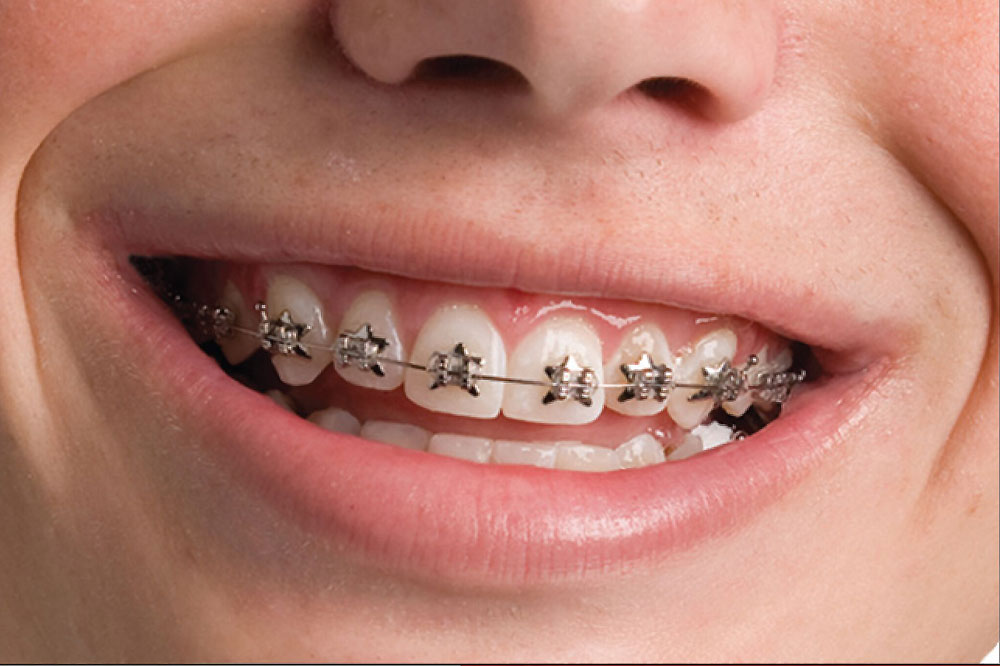Comprehensive Guide to Orthodontics Procedures for Remedying Dental Misalignments
In the world of orthodontics, the trip to accomplishing a perfectly aligned smile involves a myriad of treatments tailored to fix dental misalignments. From typical braces to unnoticeable aligners and also medical options, the area of orthodontics uses a range of options to attend to differing levels of dental abnormalities. Comprehending the complexities of each procedure, including their devices, benefits, and prospective drawbacks, is essential in making educated choices concerning one's orthodontic treatment. As we browse via the thorough guide to orthodontic treatments for fixing dental imbalances, the elaborate information of each technique will certainly unfold, losing light on the path toward a practical and unified oral positioning.
Orthodontic Procedures Review

Regular changes and surveillance are crucial components of orthodontic therapy to guarantee progression is on track and to make any type of necessary modifications along the means. By undertaking orthodontic treatments, people can not just achieve a straighter grin but likewise boost their general dental health and wellness and function.
Standard Braces: Just How They Function
When taking into consideration orthodontic treatments for dental misalignments, typical dental braces stand out as a tried and true technique for fixing teeth placing. Standard braces consist of braces, cables, and bands that work together to use constant stress on the teeth, progressively moving them into the wanted placement.
One trick element of just how typical dental braces work is the process of bone remodeling. As stress is used to the teeth with the dental braces, the bone bordering the teeth is reshaped to sustain the brand-new tooth settings. This makeover is vital for the long-term security of the corrected placement. Individuals will need normal modifications at the orthodontist's office to guarantee the braces remain to apply the appropriate pressure for reliable teeth activity.
Invisible Aligners: Disadvantages and pros
These clear, customized trays are virtually undetectable when worn, making them an appealing choice for people looking for a much more cosmetically pleasing orthodontic therapy. Clients can remove the aligners prior to consuming or cleaning their teeth, decreasing the risk of food obtaining stuck in the appliance and simplifying the cleansing process.

Surgical Orthodontic Options
Surgical treatments in orthodontics existing viable alternatives for resolving complicated oral misalignments that may not be efficiently dealt with via conventional orthodontic therapies. While traditional dental braces and invisible aligners can fix lots of orthodontic concerns, particular situations need medical treatment to accomplish optimal results. Surgical orthodontic choices are generally recommended for severe malocclusions, significant jaw disparities, and situations where the underlying bone structure needs alteration to achieve correct positioning.
One common surgical orthodontic procedure is orthognathic surgical treatment, which entails rearranging the jaws to remedy useful concerns such as trouble eating or speaking. This surgery is often performed in collaboration with an orthodontist who aids line up the teeth before and after the procedure. Surgical orthodontics might additionally involve procedures to reveal impacted teeth, get rid of excess gum tissue, or reshape the jawbone to develop an extra unified facial account.
Before considering surgical orthodontic alternatives, clients undertake a comprehensive assessment to establish the necessity and possible advantages of such interventions. aligners. While surgery may seem challenging, it can significantly boost both the feature and aesthetics of the smile in cases where standard orthodontic treatments drop short
Retainers and Post-Treatment Care

Post-treatment care entails following the orthodontist's directions faithfully. This might include proper oral hygiene practices, attending follow-up visits, and using the retainers as suggested. Failure to comply with post-treatment treatment guidelines can lead to relapse, where the teeth progressively return in the direction of their initial placements. Regular retainer wear, excellent oral health, and normal dental examinations are important for keeping the results achieved through orthodontic surgical procedure and ensuring the lasting stability of the dealt with oral placement.
Conclusion
In conclusion, orthodontic procedures use numerous alternatives for dealing with dental misalignments. Surgical orthodontic alternatives are readily available for extra serious misalignments. In general, orthodontic procedures can efficiently enhance oral wellness and visual appearance.
As we browse via the detailed overview to orthodontic treatments for fixing oral imbalances, the complex information of each method will certainly unravel, shedding light on the course toward a practical and harmonious oral alignment. - cumming invisalign
One of the most typical orthodontic therapies is the usage of dental braces, which consist of metal brackets and cables that use gentle stress to gradually move teeth right into the desired position.When taking into consideration orthodontic therapies for oral misalignments, standard dental braces stand out as a tried and true technique for fixing teeth placing. Additionally, undetectable aligners may not be appropriate for intricate orthodontic problems that call for more considerable teeth movement, as they are typically advised for mild to modest cases. Retainers are customized orthodontic tools created to hold teeth in their remedied positions after the conclusion of orthodontic therapy.